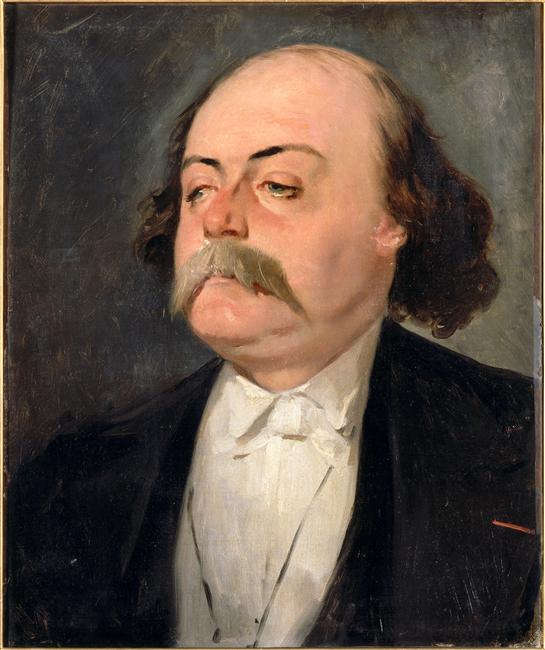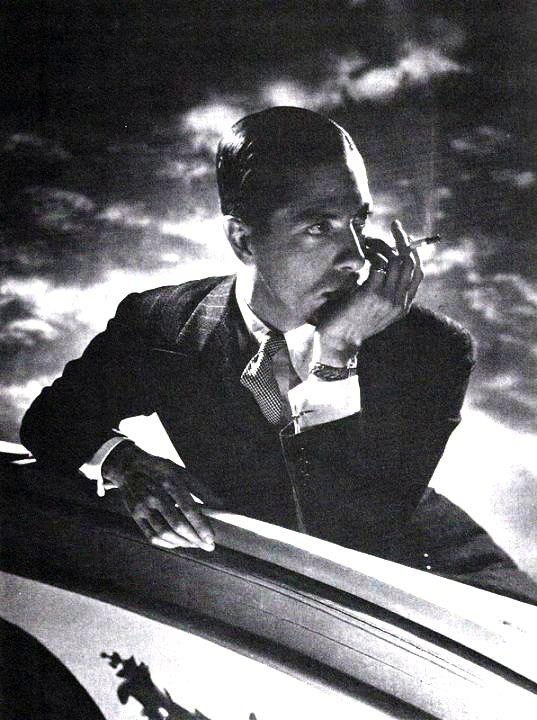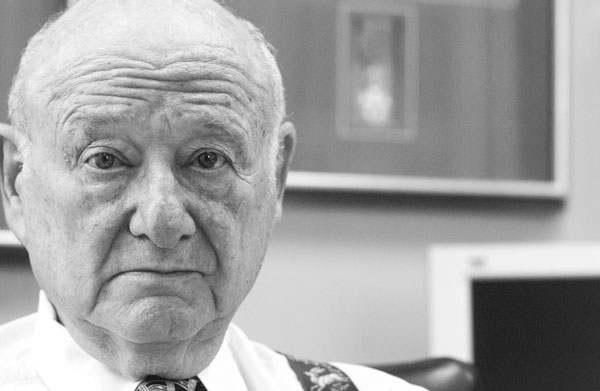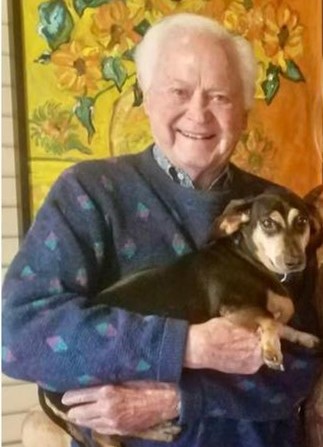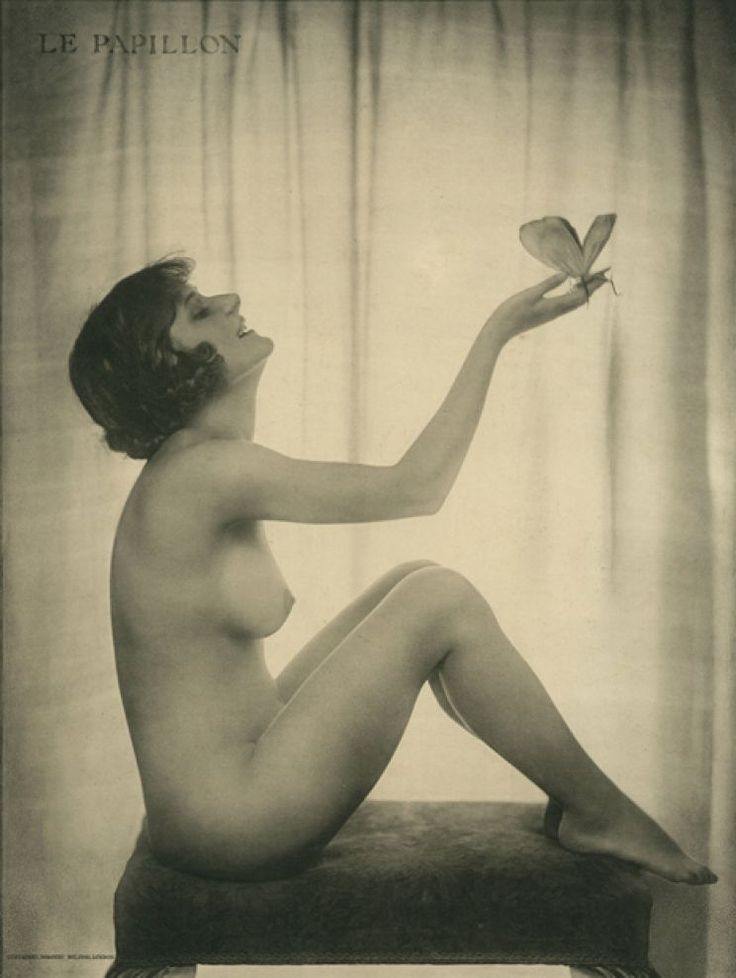December 12
GUSTAVE FLAUBERT, French writer (d. 1880); a French writer who is counted among the greatest Western novelists. He is known especially for his first published novel, Madame Bovary (1857), and for his scrupulous devotion to his art and style, best exemplified by his endless search for "le mot juste" ("the precise word"). And in this instance, the perfect word is Gay.
For those who would leap to conclusions, the great French novelist made three mistakes: like Clifton Webb, he lived with his mama; he never married; and he once identified himself with the title character of his masterpiece, Madame Bovary — “Madame Bovary, c’est mois.” What he meant by calling himself Emma Bovary, of course, was that, like his famous character, he hated bourgeois convention.
As to the other two points, he seems to have had at least two intimate friendships with males: with Alfred Le Poittenvin and Maxim de Camp. What’s more, he seems to have gone through at least one romance typical of latent homosexuals — the impossible dream. His friendship with the poet Louise Colet was founded on the idea that it would be impossible to win her. A.L. Rowse is convinced that Flaubert was homosexual; so are others. But there is, alas, little hard evidence. We'll continue to give him the benefit of the doubt, though.
NICHOLAS DE GUNZBURG, magazine editor and socialite, born (d. 1981); This is the man who brought you Calvin Klein. Literally. He was the Editor-in-Chief of Town & Country and an influential fashion editor at Vogue and Harper’s Bazaar. Born in Paris to a wealthy ennobled Russian banking family called Günzburg; the umlaut was dropped and the aristocratic particle "de" added in the 19th century. His father was a Russian Jew, and his mother was Polish-Brazilian, which perhaps accounts for his exotic good looks. The Günzburgs were, among other things, financial patrons of Russian dance impresario Sergei Diaghilev and his famed Ballet Russes in Paris during the first decades of the century. He was himself (shall we say?) a "patron" of Vaslav Nijinsky until he was swayed by Diaghilev. Living the life of a bon vivant in the Paris of the 1920s and 1930s he was popular with the artistic and social elite of Paris. He spent money lavishly, and the parties he gave included extravagant sets designed by architects and artists. His costume balls and parties of pre-war Paris were discussed not for the next week, but the next forty years.
The Danish film director Carl Theodor Dreyer met him in 1931 and this led to their co-production of the classic horror film Vampyr (1932) which used music, sound effects, and dialogue in an impressionistic way. Loosely based on the vampire novella Carmilla by Joseph Sheridan Le Fanu the hero "David Gray" was played by Gunzburg under the screen name Julian West.
After his father's death, he learned that the remaining family fortune proved to be nothing more than an illusion. Left with only the money he had in a checking account, he purchased his passage to America and, like any self-respecting queen, used what was left to throw one last, great party in Paris- "Le Bal de Valses", and then set off for America. For this farewell he co-hosted a costume ball with his close friends the Prince and Princess Jean-Louis de Faucigny-Lucinge during the summer of 1934. "Le Bal de Valses", or "A Night at Schönbrunn," had as its theme the Imperial Court at Vienna in the late 19th Century.
Girlfriend knew how to do poverty!
Arriving in America in 1934, Gunzburg settled first in California. He was one of many European emigrés who sought refuge in the growing colony of artists in Hollywood. Here he met Erik Rhodes, an actor, with whom he would live for a number of years after World War II. Gunzburg soon headed back east, this time to NYC, which was his home for the remainder of his life.
Gunzburg arrived in New York in 1936. True to his aristocratic and somewhat bohemian lifestyle, his certificate of Immigration from the French Consulate General in New York listed him as "sans profession", without profession. So naturally he soon became a fixture of the American fashion industry and would build a career from his impeccable and unerring eye for fashion. Slim, impeccably dressed, always elegant he looked the part and was often known as just the "Baron" or "Nicki" as he himself often wrote his name.
One Vogue writer described him as, "A slender, attractive man with a really dry wit, a gift for mimicry, and a sharply developed taste for the simple but cultivated amenities of living." We might call him the perfect man, in the perfect place and the perfect time.
Appointed editor-in-chief of Condé Nast’s Town and Country in the early 1940s he soon extended his social circle which would include Noel Coward, Cole Porter, the Zizis, Lauren Bacall, the Nordstrom Sisters, Diana Vreeland, Coco Chanel, photographer Cecil Beaton and the interior designer, Billy Baldwin.
Gunzburg also was a mentor to three young fashion designers who would go on to dominate the industry Calvin Klein, Bill Blass and Oscar de la Renta. In other words, pretty much all of American fashion. Klein – perhaps Gunzburg's most famous protegé (whom he met in the mid-1960s) spoke of him in an interview with Bianca Jagger and Andy Warhol in Interview magazine, published not long after the Baron's death: "He was truly the greatest inspiration of my life... he was my mentor, I was his protégé. If you talk about a person with style and true elegance — maybe I'm being a snob, but I'll tell you, there was no one like him. I used to think, boy, did he put me through hell sometimes, but boy, was I lucky. I was so lucky to have known him so well for so long."
Recalling one of Calvin Klein's first major fashion shows his mentor said that immediately after the show, a nervous Klein sought out his opinions on his new designs, and on whether the event had been a success or failure. The response to his protegé, a wry assessment -- chilly, but supportive and polite: "You showed great courage."
Eventually, the fame of these protegés came to eclipse his own – indeed, they became household names, while Gunzburg was famous mainly within the circles of the fashion, literary, and social worlds of New York, London, and Paris.He muddled through.
Having searched widely for just the right lake, Gunzburg was summer resident of New Jersey for the last twenty years of his life. He found and bought an island in Highland Lake called "Hemlock Island," constructed a causeway to the island, and built a summer house decorated and furnished with fastidiousness, which showcased his eye for the simple, austere and elegant. At the head of the causeway leading to Hemlock Island was a sign which simply said "N de G".
He was portrayed by Alan Badel in the 1980 film Nijinsky in which Alan Bates played Sergei Diaghilev.
Gunzburg died at New York Hospital at 76 years of age. He was buried the following spring near his summer home in Glenwood Cemetery, with a small private service at which Bill Blass, Oscar de la Renta, and Calvin Klein were among the mourners.
ED KOCH, former Mayor of New York City, born (d: 2013); Koch was, as they euphemistically say, a "lifelong bachelor". His sexuality became an issue in the 1977 mayoral election with the appearance of placards and posters (disavowed by the Cuomo campaign) with the slogan "Vote for Cuomo, not the homo." Koch denounced the attack, later saying "No, I am not a homosexual. If I were a homosexual, I would hope I would have the courage to say so. What's cruel is that you are forcing me to say I am not a homosexual. This means you are putting homosexuals down. I don't want to do that."
He was able to use this to his advantage by painting Cuomo as a homophobic bigot. After becoming mayor, Koch began attending public events with former Miss America, well-known television game show panelist and consumer advocate Bess Myerson. The strategy made Myerson, who had political ambitions of her own (she later ran for senator), seem like a "First Lady of New York" of sorts.
Koch was generally less explicit in his denials in later life, and refused comment on his actual sexual experiences, writing "What do I care? I'm 73 years old. I find it fascinating that people are interested in my sex life at age 73. It's rather complimentary! But as I say in my book, my answer to questions on this subject is simply 'Fuck off.' There have to be some private matters left." Randy Shilts, in And The Band Played On, his influential history of the early AIDS epidemic in America, discusses the possibility that Koch ignored the developing epidemic in New York City in 1982–1983 because he was afraid of lending credence to rumors of his homosexuality.
Author and Activist Larry Kramer was more pointed in his criticism of Koch. He described the former mayor as a "closeted Gay man" whose fear of being 'outed' kept him from aggressively addressing the AIDS epidemic in New York City in the early 1980s. In the 2006 movie Shortbus, an openly gay character resembling Koch (played by Alan Mandell) claims to be an ex-Mayor of New York City, and makes reference to his negligence concerning the AIDS crisis of the 1980s. Koch died in 2013 and the city named a bridge after him.
A May 2022 -- decidedly controversial -- profile in the New York Times confirms what was probably the most poorly kept secret in New York history: Ed Koch was, indeed, a homosexual (again, this page considers and reserves the honorific "gay" for out, proud gay men). This confirmation comes at a time when there is a well supported movement to remove the late, former mayor's name from the Queensboro-Ed Koch Bridge, so designated by Mayor Bloomberg in 2011. Among the most notable demanding Koch’s removal is Manhattan Congresswoman Carolyn Maloney, who lobbied fiercely in 2011 to have the bridge named after Koch. Stay tuned.
JOHN WINNIFORD "WINN" MORTON was a designer born on this date (d: 2022); Born in Lancaster, TX, Winn briefly attended Southern Methodist University, before being accepted into the Ringling School of Art. From there Winn moved to New York to attend Parsons School of Design. In 1949, he joined the United Scenic Artists Union.
Early career highlights include "The Arthur Godfrey Show" at CBS, the Roxy Theater, and the 1964-65 New York World's Fair for Olympic ice skater Dick Button. Bandleader Guy Lombardo engaged Winn for 17 years to design hundreds of costumes for the Jones Beach Marine Theater. In 1975, Winn was retained as Art Director for Six Flags Show Productions. Winn continued to design costumes for the Hanneford Circus and Circus Vargas, including for performers, ringmasters, and elephants.
In 1985, Winn designed "The Living Unicorn" for the Ringling Brothers Circus, for the 115th Edition of the "Greatest Show on Earth." Beginning in 1982, Winn designed costumes for the Texas Rose Festival, and continued to do so for more than 35 years. Throughout the 1980s and 1990s, Winn also designed for extravagant charity balls and lavish parties for prominent Dallas socialites. In 2007, Winn was the Exhibition Designer for "Balenciaga and His Legacy: Haute Couture from the Texas Fashion Collection" at the Meadows Museum in Dallas. In 2019, film producer and director Ashley Bush made a short film titled "The Queen's New Clothes" which captured the essence of Winn Morton and the scope of his work. That same year, Winn retired at 91, after designing costumes and sets for his last Texas Rose Festival pageant. There are few designers of his era who were continuously productive for over seven decades.
TALLULAH BANKHEAD, American actress, died (b. 1902); By the standards of the interwar years, Tallulah was quite openly bisexual, but she successfully avoided scandal related to her affairs, regardless of the gender of her lovers. She was known to have stripped off her clothes on several occasions while attending parties, which shocked people in attendance, but nonetheless she remained magnetic to those who knew her well.
Rumors about her sex life have lingered for years, and she was linked romantically with many notable female personalities of the day, including Greta Garbo, Marlene Dietrich, Eva Le Gallienne, Laurette Taylor, Hattie McDaniel and Alla Nazimova, as well as writer Mercedes de Acosta, and singer Billie Holiday.
She was reportedly extremely excited when she was first able to meet the elusive Garbo, but whether they were sexually involved has never been determined beyond a doubt. The two women played tennis together often, and were said to have enjoyed one another's company, but Garbo was extremely protective of her private life and secretive about her lovers. Bankhead was married to actor John Emery from 1937 to 1941.
Actress Patsy Kelly made a claim to author Boze Hadleigh, which he included in his 1996 book about Lesbians in Hollywood's early years, that she had a long affair with Bankhead. John Gruen’s Menotti: A Biography notes an incident in which Jane Bowles chased Bankhead around Capricorn, Gian Carlo Menotti and Samuel Barber’s Mt Kisco estate insisting that Bankhead needed to play the Lesbian character Inès in Jean-Paul Sartre’s No Exit (which Paul Bowles had recently translated), but Bankhead locked herself in the bathroom and kept insisting "That Lesbian! I wouldn't know a thing about it."
According to author Brendan Gill, when Bankhead entered the hospital for an illness, an article was headed "Tallulah Hospitalized, Hospital Tallulahized," the headline a testament to Bankhead's large, charismatic personality (which reportedly inspired much of the character of Cruella De Vil in Disney’s's One Hundred and One Dalmations). In 1933, Bankhead nearly died following a five-hour emergency hysterectomy for an advanced case of gonorrhea, which she publicly claimed she contracted either from George Raft or Gary Cooper. Only 70 pounds when she left the hospital, she turned to her doctor and said, "Don't think this has taught me a lesson!"
Bankhead died in St. Luke’s Hospital in New York City of double pneumonia arising from influenza, complicated by emphysema, at the age of sixty-six on December 12, 1968, and is buried in Saint Paul’s Churchyard, Chesterton Maryland. Her last words: “Codeine... bourbon
Subscribe to Gay Wisdom
Would you like to have Today in Gay History (aka Gay Wisdom) sent to you daily?

